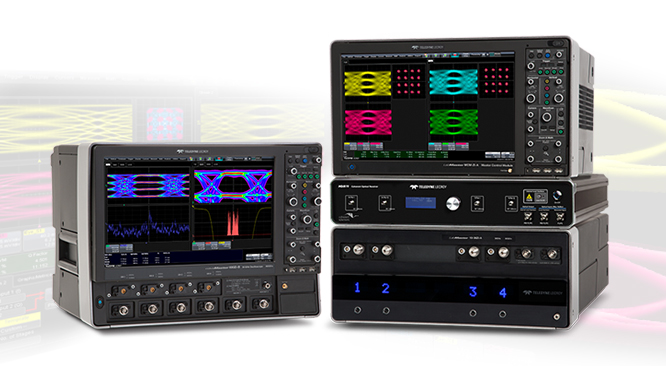Originally Aired: Wed., June 14, 2017
Where: Online: At your desk
Abstract: With network traffic increasing 40% annually, transmission technologies must be developed that can expand wavelength capacity to accommodate the tremendous increase in bandwidth. 100Gbps Ethernet is one technology developed to meet this demand. 100Gbps data transmission is accomplished by transmitting 25Gbps/28Gbps NRZ signals on four lanes. Standards organizations are currently working on evolving 100Gbps Ethernet to 400Gbps, also called 400G, Ethernet (56Gbps on 8 lanes) to keep up with the increasing demands on cloud computing, LTE services, streaming video etc.
There are two principle candidates for 56Gbps data transmission: NRZ and PAM4. Channel loss and reflections will be the principle challenge for utilizing NRZ signaling to transmit 56Gbps data with an acceptable Bit Error Ratio (BER). PAM 4 will likely be NRZ’s successor to achieve 56Gbps error free data transmission. PAM4 and NRZ signaling are substantially different while having substantially the same concerns when it comes to characterizing system performance from a simple set of metrics.
This webinar will explore the acquisition and analysis of PAM4 waveforms.
Topics include:
There are two principle candidates for 56Gbps data transmission: NRZ and PAM4. Channel loss and reflections will be the principle challenge for utilizing NRZ signaling to transmit 56Gbps data with an acceptable Bit Error Ratio (BER). PAM 4 will likely be NRZ’s successor to achieve 56Gbps error free data transmission. PAM4 and NRZ signaling are substantially different while having substantially the same concerns when it comes to characterizing system performance from a simple set of metrics.
This webinar will explore the acquisition and analysis of PAM4 waveforms.
Topics include:
Register to receive
Webinar Recording
Webinar-On-Demand
PAM4 Analysis and Measurement Considerations
• Overview of PAM4 signaling and analysis
• Measuring the eye closure of the upper, middle, and lower PAM4 eye patterns in voltage and time
• Jitter decomposition, data dependent jitter, intersymbol interference, predicting eye closure as a function of BER
• Vertical noise decomposition, level measurements, linear equalization
• RLM (linearity), SNDR (signal-to-noise-and-distortion-ratio), informative tests, and more.
Presented by Mike Hertz, Senior Field Applications Engineer at Teledyne LeCroy
Cost: Free to attend, registration is required

